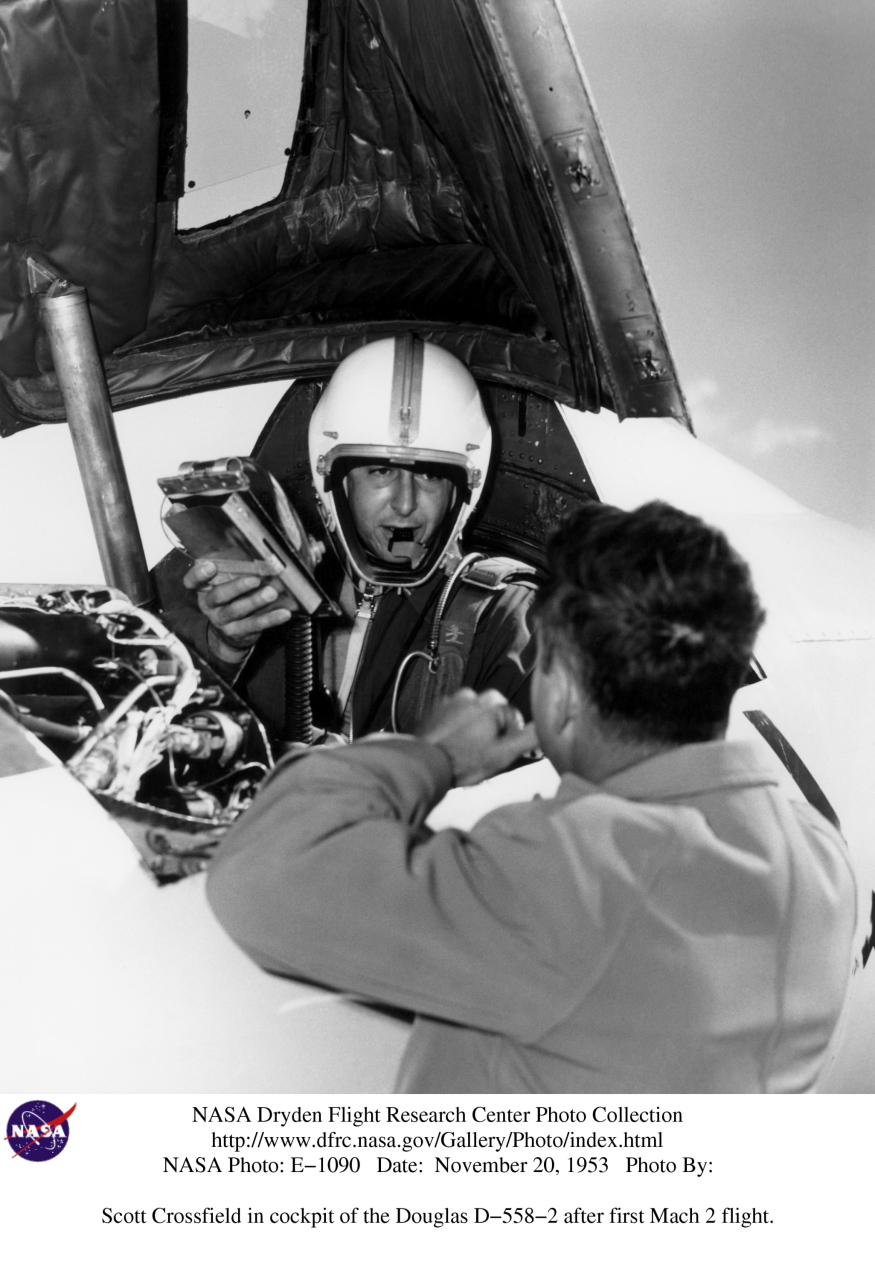
 20 November 1953: At Edwards Air Force Base, California, NACA’s High Speed Flight Station research test pilot Albert Scott Crossfield, Jr., rode behind the flight crew of the Boeing P2B-1S Superfortress as it carried the Douglas Aircraft Company D-558-II Skyrocket supersonic research rocketplane to its launch altitude. As the four-engine bomber climbed through 18,000 feet (5,486 meters), Crossfield headed back to the bomb bay to enter the Skyrocket’s cockpit and prepare for his flight.
20 November 1953: At Edwards Air Force Base, California, NACA’s High Speed Flight Station research test pilot Albert Scott Crossfield, Jr., rode behind the flight crew of the Boeing P2B-1S Superfortress as it carried the Douglas Aircraft Company D-558-II Skyrocket supersonic research rocketplane to its launch altitude. As the four-engine bomber climbed through 18,000 feet (5,486 meters), Crossfield headed back to the bomb bay to enter the Skyrocket’s cockpit and prepare for his flight.
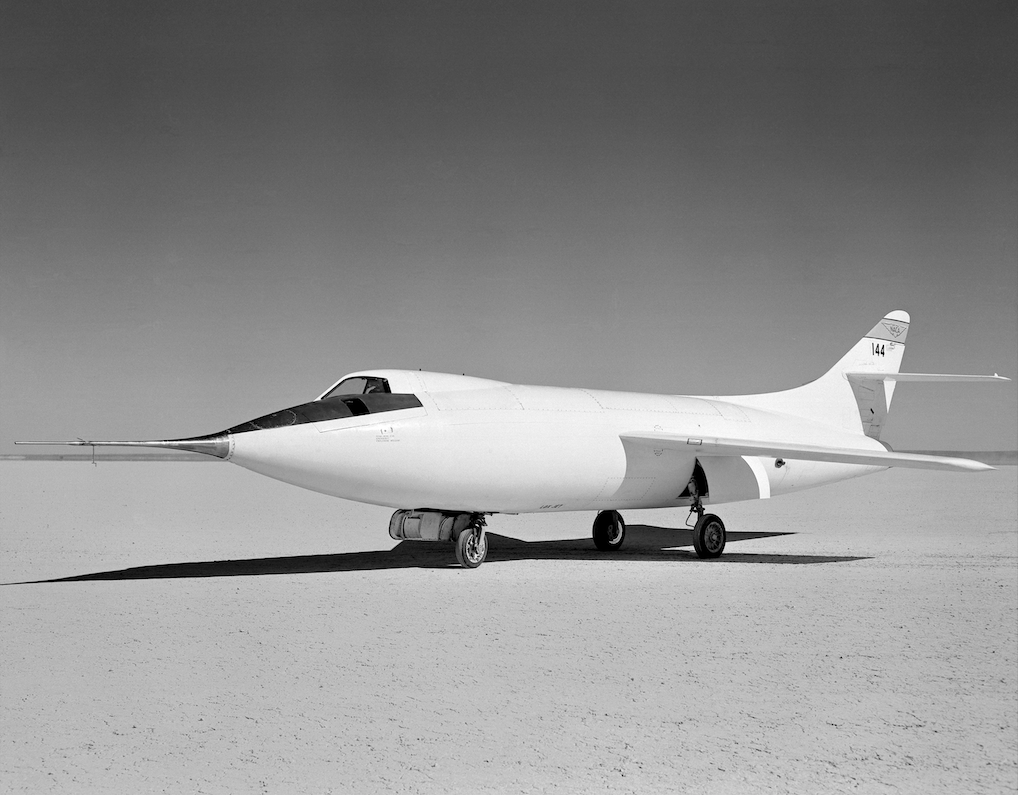
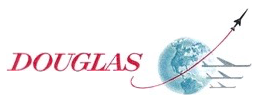 The Douglas D-558-II was Phase II of a United States Navy/Douglas Aircraft Company/National Advisory Committee on Aeronautics joint research project exploring supersonic flight. It was a swept-wing airplane powered by a single Reaction Motors LR8-RM-6 four-chamber rocket engine. The Skyrocket was fueled with alcohol and liquid oxygen. The engine was rated at 6,000 pounds of thrust (26.69 kilonewtons) at Sea Level.
The Douglas D-558-II was Phase II of a United States Navy/Douglas Aircraft Company/National Advisory Committee on Aeronautics joint research project exploring supersonic flight. It was a swept-wing airplane powered by a single Reaction Motors LR8-RM-6 four-chamber rocket engine. The Skyrocket was fueled with alcohol and liquid oxygen. The engine was rated at 6,000 pounds of thrust (26.69 kilonewtons) at Sea Level.
There were three Phase II aircraft. Originally, they were also equipped with a Westinghouse J34-W-40 turbojet engine which produced 3,000 pounds of thrust (13.35 kilonewtons). The Skyrockets took off from the surface of Rogers Dry Lake. Once the D-558-II reached altitude, the rocket engine was fired for the speed runs.
As higher speeds were required, the program shifted to an air launch from a B-29 (P2B-1S) drop ship. Without the need to climb to the test altitude, the Skyrocket’s fuel load was available for the high speed runs.
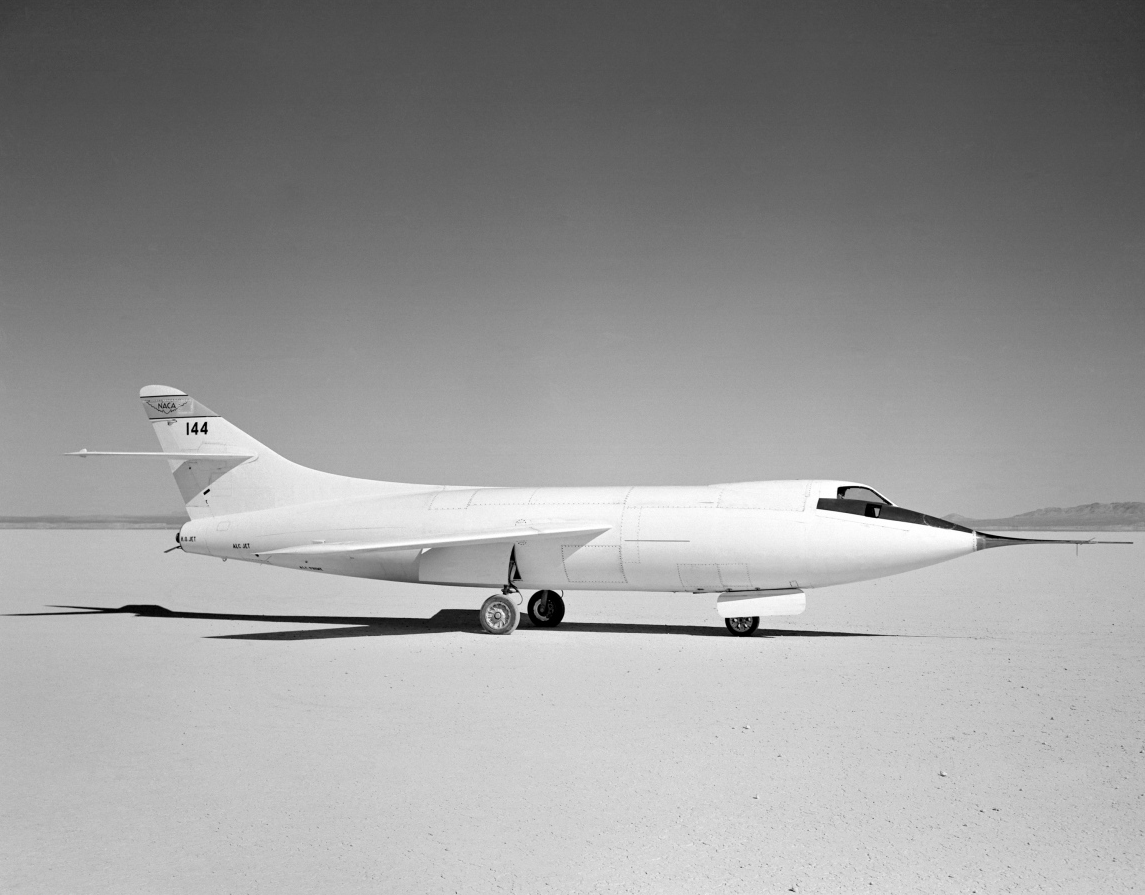
The D-558-II was 42.0 feet (12.80 meters) long, with a wingspan of 25.0 feet (7.62 meters). The leading edge of the wing was swept at a 35° angle and the tail surfaces were swept to 40°. The aircraft weighed 9,421 pounds (4,273 kilograms) empty and had a maximum takeoff weight of 15,787 pounds (7,161 kilograms). It carried 378 gallons (1,431 liters) of water/ethyl alcohol and 345 gallons (1,306 liters) of liquid oxygen.
The mothership, NACA 137, was a Boeing Wichita B-29-95-BW Superfortress, U.S. Air Force serial number 45-21787. It was transferred to the U.S. Navy, redesignated P2B-1S and assigned Bureau of Aeronautics number 84029. Douglas Aircraft modified the bomber for its drop ship role at the El Segundo plant.
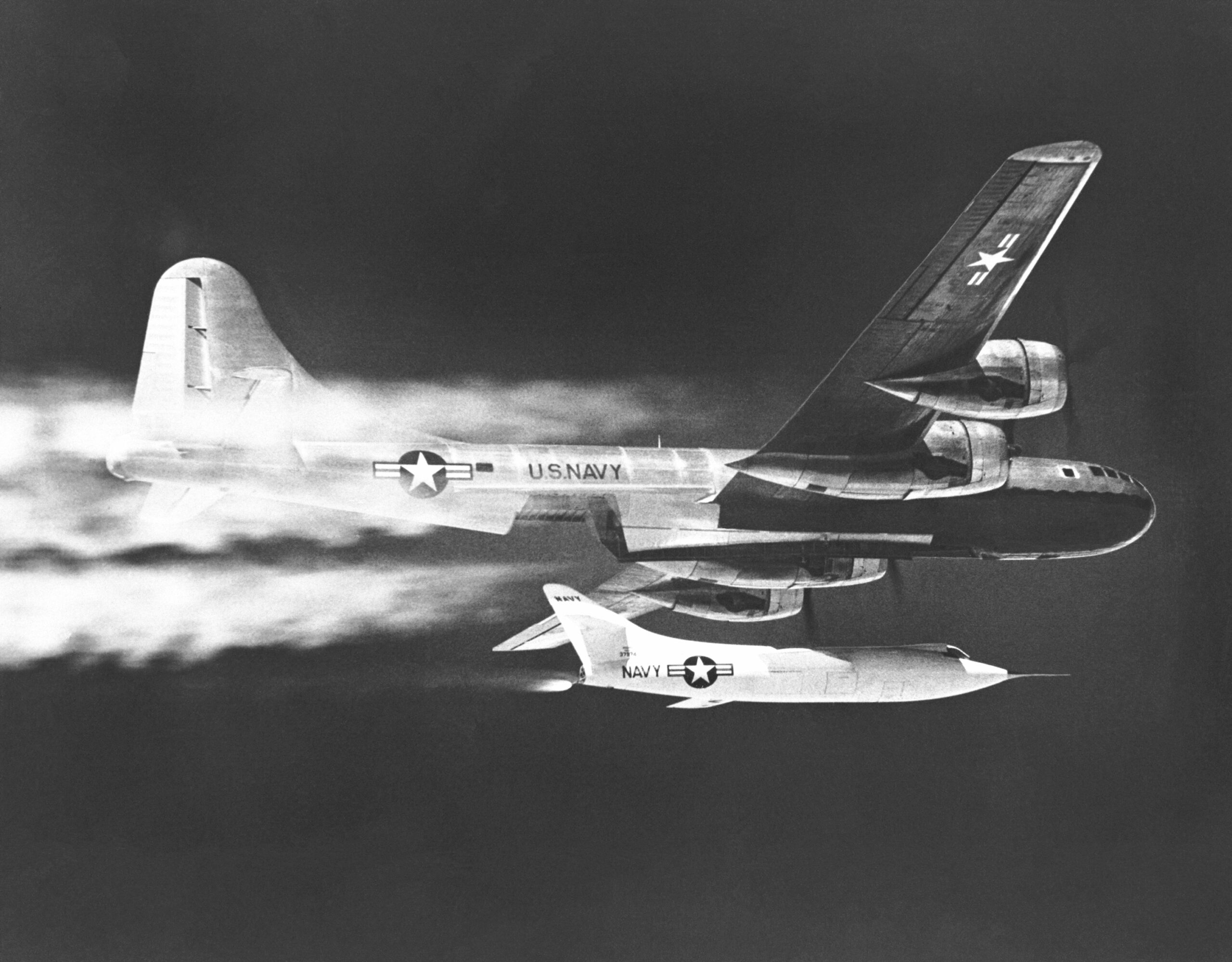
Going above the planned launch altitude, the Superfortress was placed in a slight dive to build to its maximum speed. At the bomber’s critical Mach number (Mcr), the Skyrocket was just above its stall speed. At 32,000 feet (9,754 meters), Crossfield and the Skyrocket were released. The rocketplane fell for about 400 feet (122 meters) before the rocket engine ignited and then it began to accelerate.
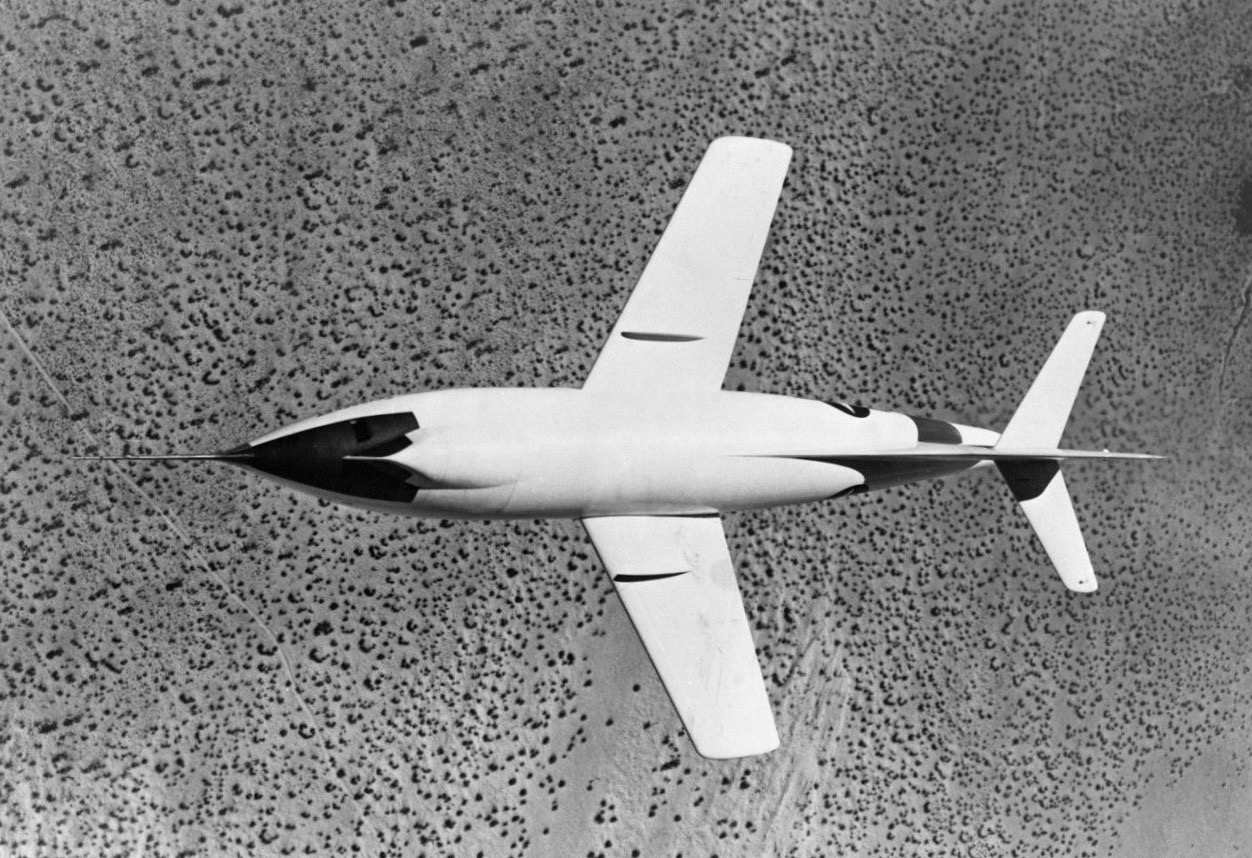
Crossfield climbed at a steep angle until he reached 72,000 feet (21,946 meters), and then leveled off. Now in level flight, the D-558-II continued to accelerate, quickly passing Mach 1, then Mach 1.5. Crossfield pushed the nose down and began a shallow dive. The Skyrocket, still under full power, built up speed. As it passed through 62,000 feet (18,998 meters) the Skyrocket reached its maximum speed, Mach 2.005, or 1,291 miles per hour (2,078 kilometers per hour).
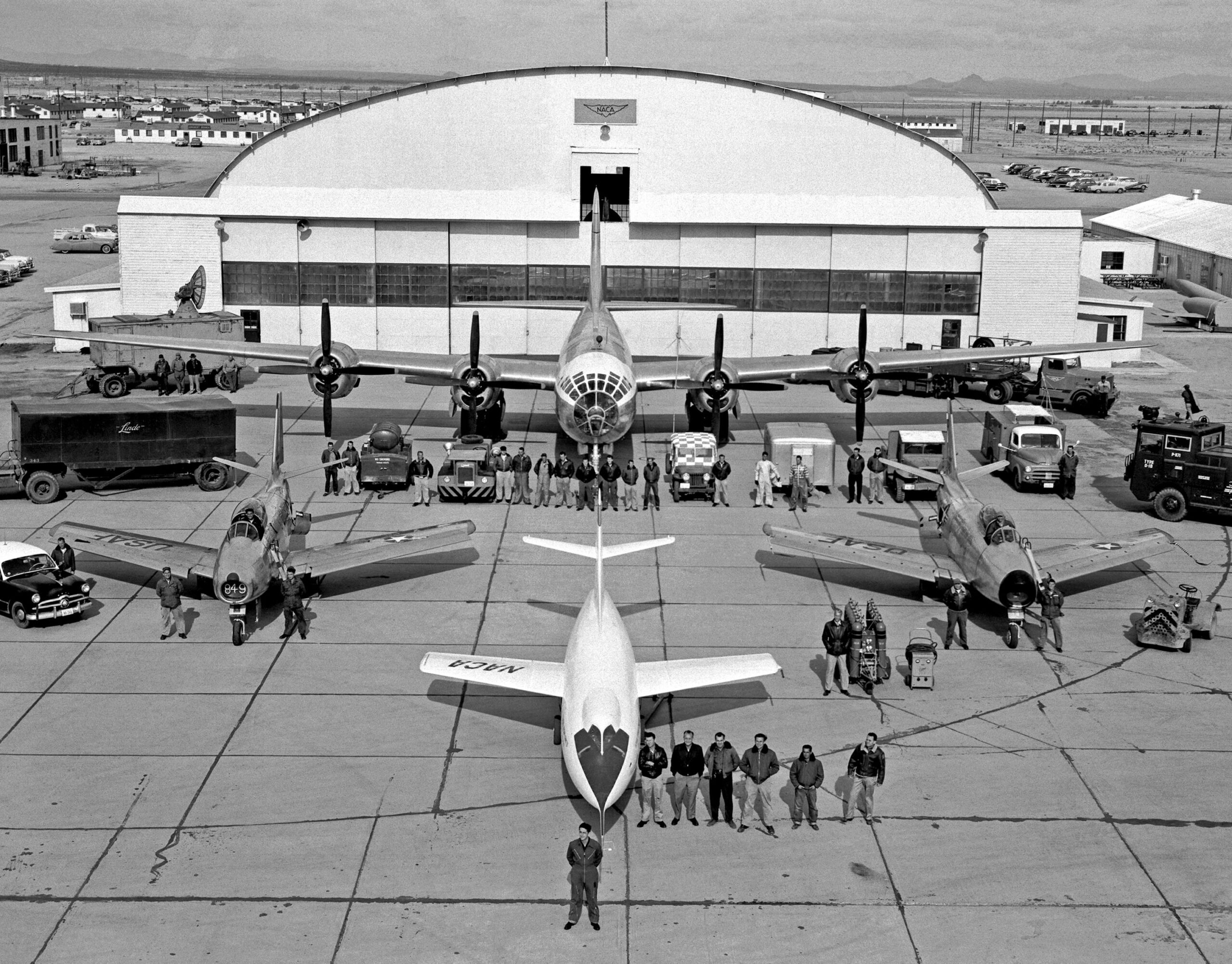
Scott Crossfield was the first pilot to fly an aircraft beyond Mach 2, twice the speed of sound. During his career as a test pilot, he flew the Douglas D-558-II, the Bell X-1, Bell X-2 and North American X-15. He made 112 flights in rocket-powered aircraft, more than any other pilot.
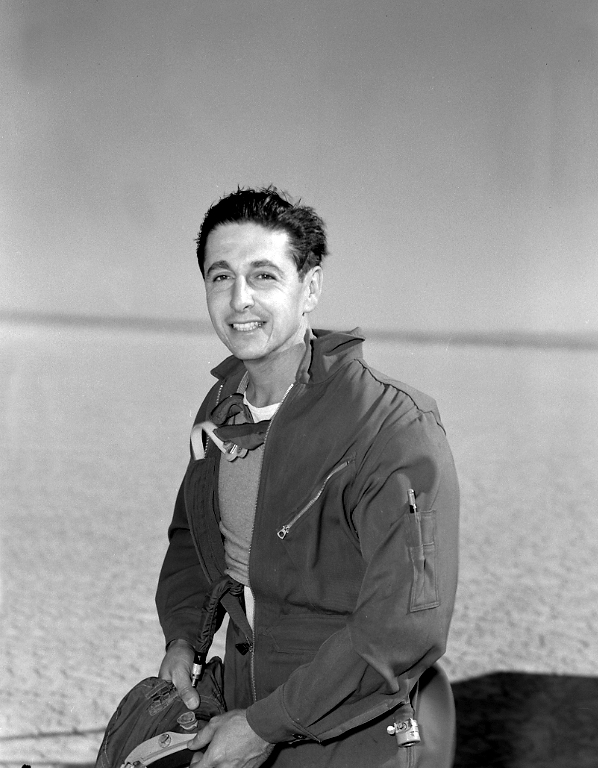
© 2018, Bryan R. Swopes
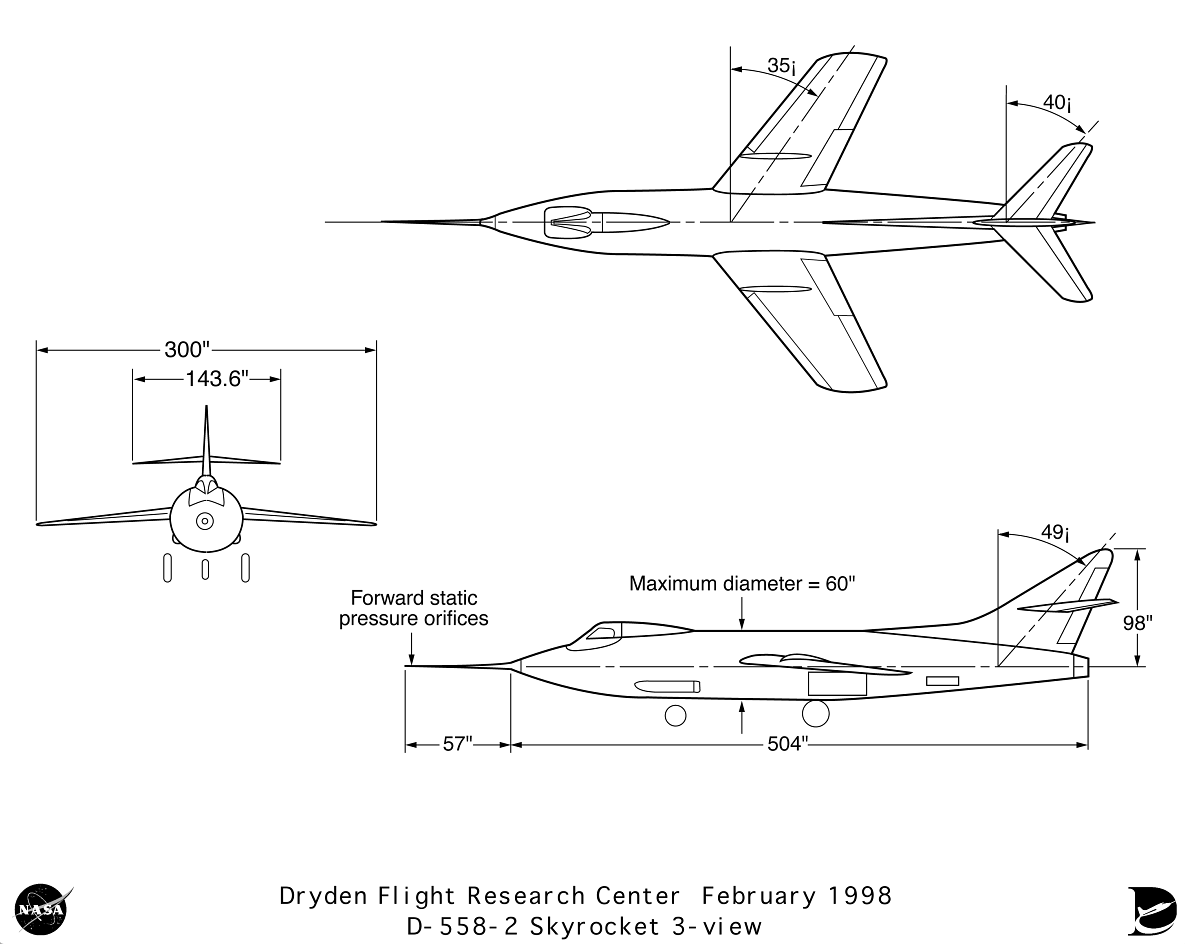
20 November 1953: At Edwards Air Force Base, California, NACA’s High Speed Flight Station test pilot Albert Scott Walker – shouldn’t that be Albert Scott Crossfield?
Oh, my. . . More coffee required. Thanks for catching my mistake.
In your article about Bu # 142260, XF4-, you say the F4 in question is at the San Diego Air & Space Museum’s Gillespie Field Annex. It seem to actually be in San Antonio TX. That I know of, it has never been at the SDASM Annex. Though if you have pics of it at the Annex, I’d like to see them. I only mention this because we have recieved multiple inquiries about the plane.
Thank you, Ken. TDiA strives for accuracy, but sometimes we get incorrect information. That information was from Joe Baugher’s U.S. Navy serial number website, which states: “Reported in 1995 that was to be restored at San Diego, CA. Currently preserved in Gillispie Field, Bonita, CA” The Warbirds Research Group website states: “Was preserved in San Diego, CA. Currently preserved in Bonita, CA.” As you are the museum’s Assets and Collections Coordinator, I stand corrected. But I have not been able to find anything about it being in San Antonio, Texas. Do you have any other information?